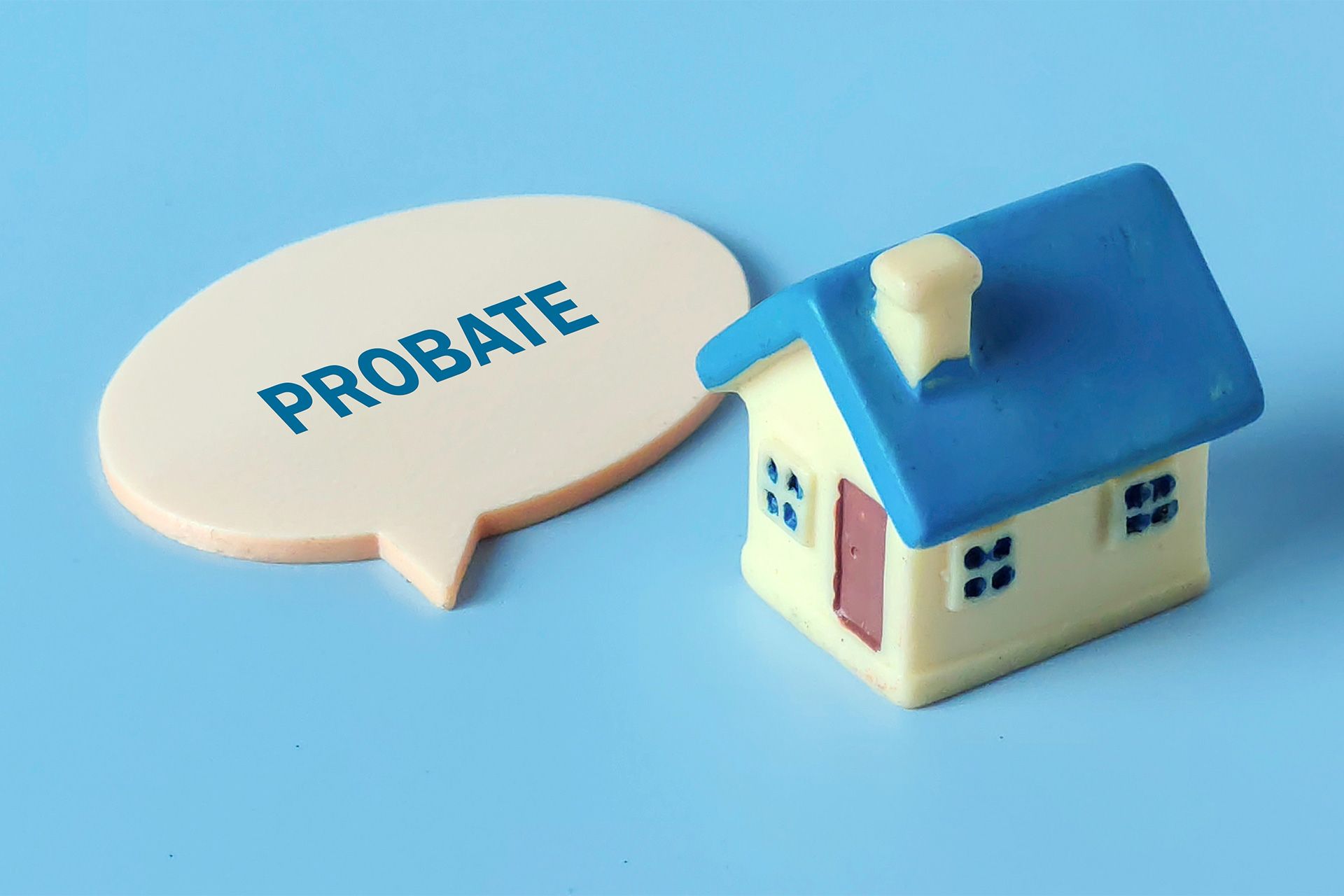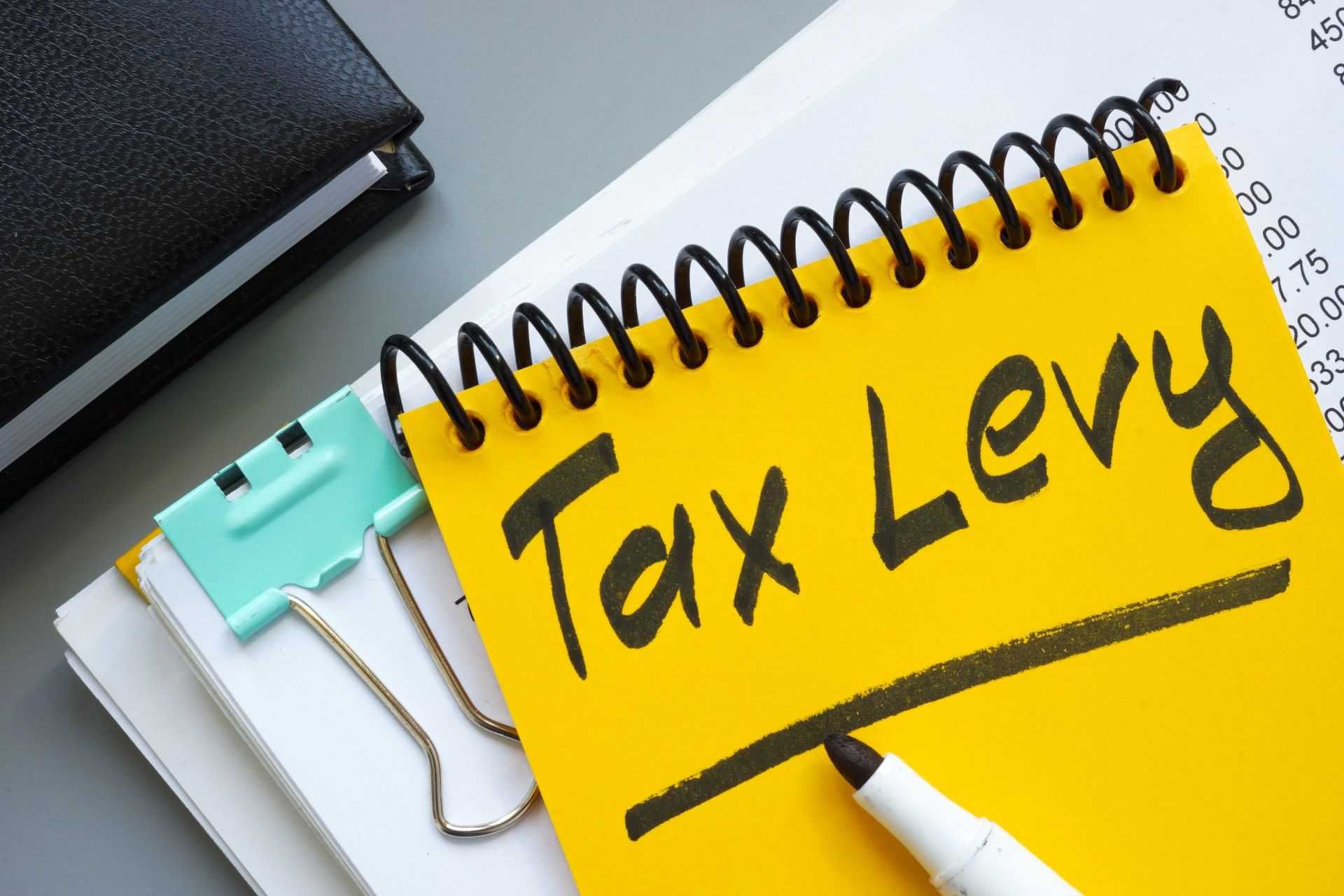What Are Your Options To Pay Your Back Tax Debt?
Once the tax returns are processed, we know exactly how much Mr. Jones owes. Sometimes, if the client is an employee and has had sufficient withholding taken out, they don’t end up owing anything to the IRS or they may have a minimal tax debt. However, in most cases, the client ends up with a significant debt for a variety of reasons. Some examples may be that they’re self-employed and haven’t been paying estimated taxes (like Mr. Jones), they took an early withdrawal of a 401(k) or IRA, or they didn’t have enough withholding taken from their paycheck.
To resolve Mr. Jones’ tax debt with the IRS, we’ll have to look at the possible options available to us. Basically, a client has five options for resolving their problems with the IRS.
The first option is to pay the debt in full. Most clients, including Mr. Jones, are unable to do this.
The second option is what’s called currently non-collectible (or hardship status). Taxpayers who fall into these criteria are generally either unemployed or their income is less than their monthly expenses. Currently, non-collectible (CNC) is only a temporary solution, though, and the IRS will only allow a taxpayer to stay in CNC for up to 24 months before they’ll review the client’s financial status to see if it has improved.
A third option is a payment agreement to pay off the total debt. The amount of the monthly payment is based on the taxpayer’s income and allowable expenses as determined by the IRS.
Many clients are interested in the fourth option; however, few actually qualify for the offer in compromise. The daytime TV commercials call this the settlement for “pennies on the dollar.” Similar to the payment plan, the offer in compromise calculation is based on a taxpayer’s income and allowable expenses, but the IRS also adds in the taxpayer’s assets to the equation. Based on statistics from the IRS, only about 2 percent of all the offers in compromise submitted to the IRS are accepted.
The final option that must be considered is bankruptcy. For clients who don’t have unfiled tax returns , bankruptcy may be an option. Otherwise, it may be something to consider for a later date due to timing reasons.
The post What Are Your Options To Pay Your Back Tax Debt? appeared first on Law Office of Mary E. King P.L. .
Disclaimer: The information on this website and blog is for general informational purposes only and is not professional advice. We make no guarantees of accuracy or completeness. We disclaim all liability for errors, omissions, or reliance on this content. Always consult a qualified professional for specific guidance.
RECENT POSTS
CONTACT US






